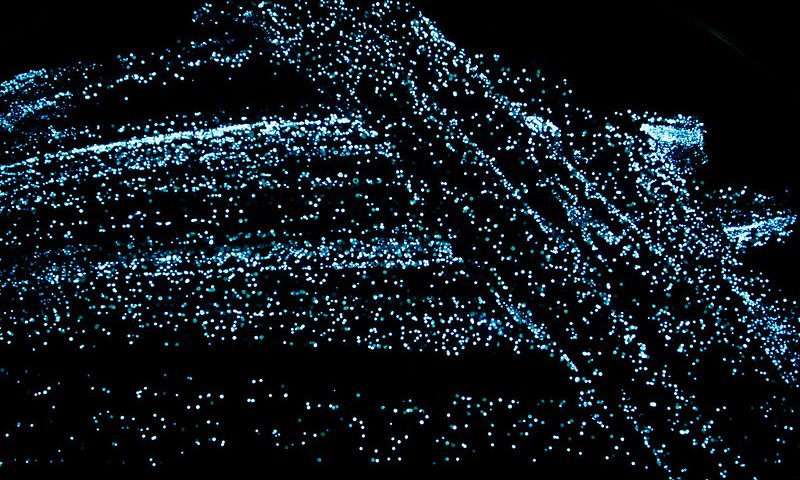What winds YOUR internal clock?
This is Sandra Tsing Loh with the Loh Down on Science.
Roosters crow at dawn. Toddlers wake up at 4 am every day. Plants know when to turn light into energy. But… What about BACTERIA?
Zheng Eelderink-Chen at the Ludwig Maximilian University of Munich and colleagues wondered. The scientists found several suspected “clock” genes in bacteria — genes responsible for telling time. The team genetically modified the bacteria to produce a glowing molecule called luciferase. This causes the bacteria to light up like a flashlight!
They linked this molecule’s production to the clock genes. Then, they trained some bacteria to follow a twenty-four-hour cycle.
Results? Like CLOCKWORK, the bacteria kept lighting up at night. Even in complete darkness! The researchers believe this means that even tiny BACTERIA can tell time!
Bacteria that can follow a schedule – imagine the possibilities! Is there a perfect time to take medicine? An ideal hour to brew up a fresh IPA?
Maybe we should have our bacteria check their day planners! Or at least schedule those darned Zoom meetings.
Reference: Eelderink-Chen, Z., Bosman, J., Sartor, F., Dodd, A. N., Kovács, Á. T., & Merrow, M. (2021). A circadian clock in a nonphotosynthetic prokaryote. Science Advances, 7(2), eabe2086. https://doi.org/10.1126/sciadv.abe2086

